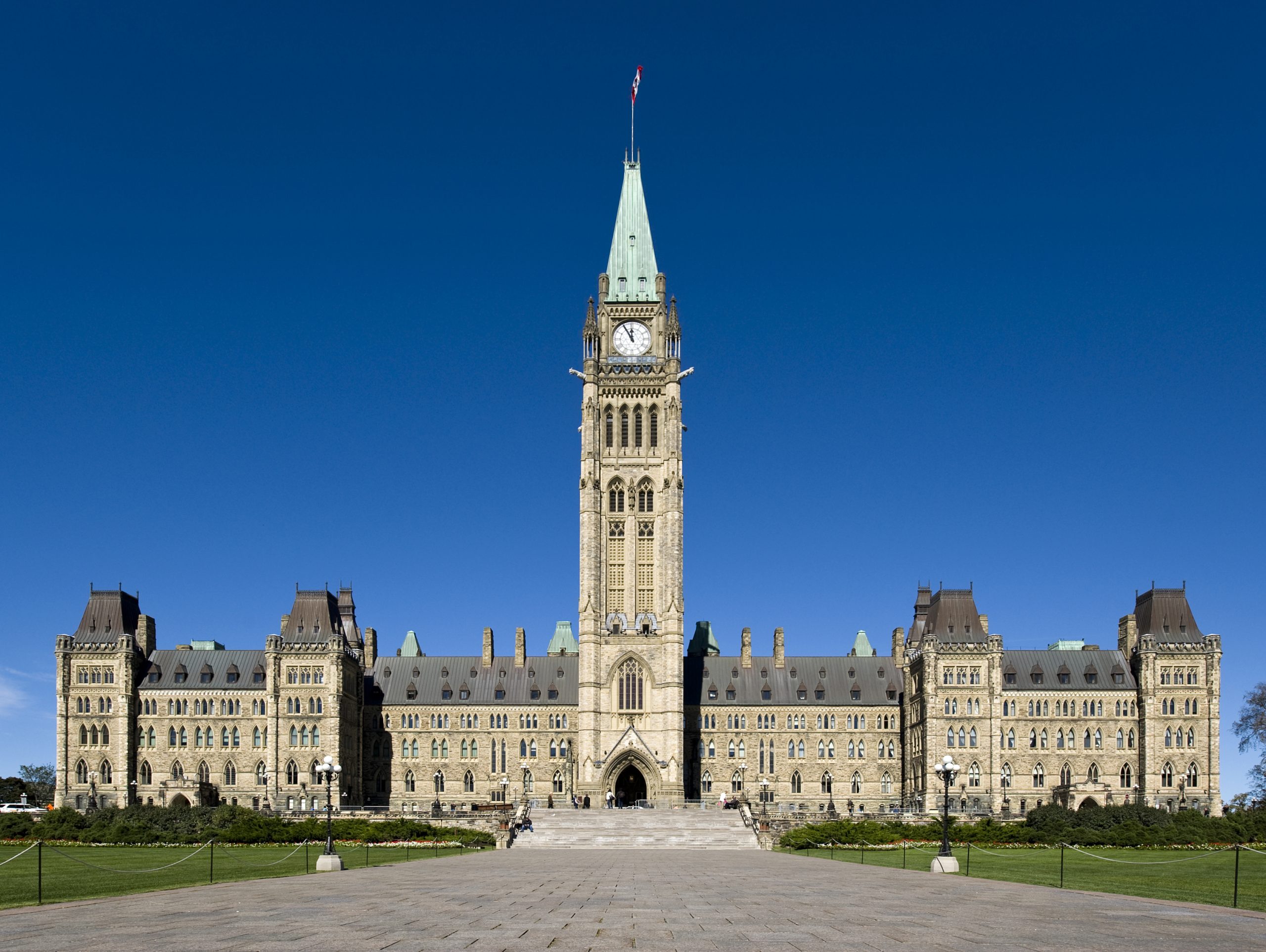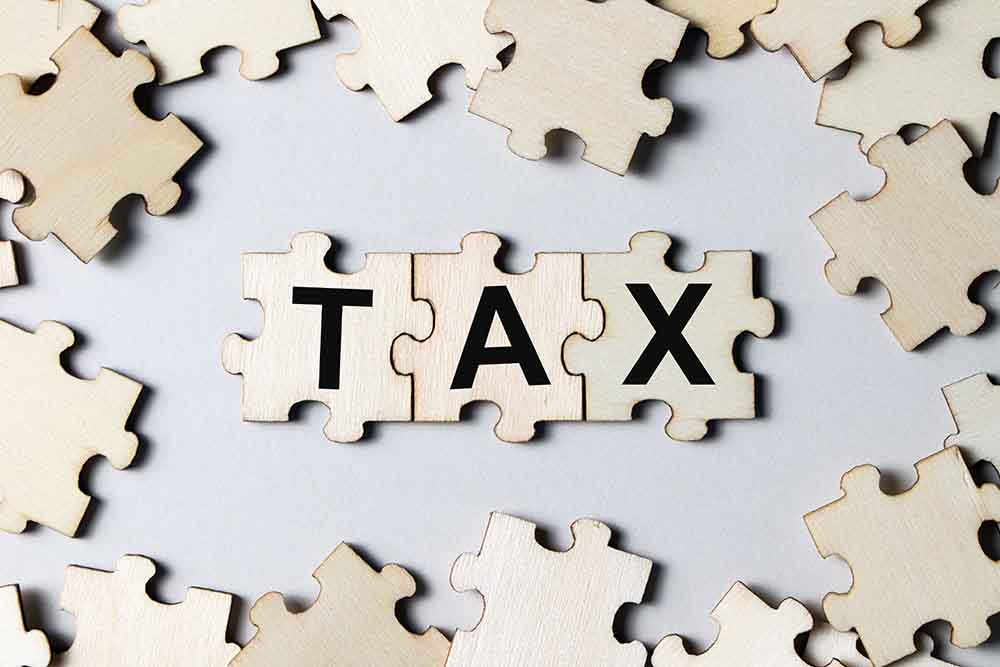Better than expected. That is the headline being given to the progress of the US economy. Last year the deficit was a humiliating 3.6 per cent of gross domestic product. The deficit this year, new numbers suggest, will be 2.7 per cent of GDP — acceptable. The difference? Extra revenues. It seems federal revenues for this year will be $85 billion higher than anyone was predicting as recently as March. Growth, too, may be stronger than expected, remaining above 3 per cent. Unemployment? Some forecasters now believe it will dive deep into the mid-4 per cent range.
These data are all impressive but perhaps most impressive are the inflows. The extra dollars are far too few to match the challenge of Washington’s long-term obligations — programes such as Social Security and Medicare. But they just about offset the $6 billion a month the US spends in Iraq. We are on our way to having guns and butter, after all.
Yet few are asking what caused the cash flow. To read the papers, you would think that the fact that the Treasury is now swimming in revenue is like a cool August day at the shore after a number of hot ones: just another pleasant surprise.
But there should be no surprise. For the inflows are the direct result of the Bush administration’s commitment to a concept: individuals respond to incentives. Not merely targeted ones — a break, say, for a specific group of manufacturers — but overall incentives for enterprise. The administration deduced from this concept that cuts in taxes on capital and work would inspire citizens and businesses to transact more. The Bush team then proceeded to make those cuts amid jeers about incurring deficits.
Three decades ago, mainstream economists laughed off similar programes as the error of a marginal group, the supply-siders. If we want to be charitable we may say that the mainstreamers’ contempt was understandable. The dominant philosophy of the period, Keynesianism, emphasized government spending as the best tool for growth. What is more, most adults in the US, France, Germany and Britain had more experience with increasing tax rates than with cutting them. Since that time, however, the US and other countries have conducted successful experiments with tax cuts. Yet the tax theory and even the underlying principle of incentives are still too often treated as strange or untested in continental Europe, Britain, or even the US. Recently, Steve Levitt, an economist publishing a book largely about incentives, felt the need to give it a self-deprecating title: “Freakonomics.” Perhaps, therefore, it is worthwhile to review the record.
The Bush White House and Congress flattened the steep stair-step progressive rate structure of the income tax, lowering the top marginal rate. They cut the tax on dividends to 15 per cent from 39.6 per cent; 15 per cent became the new (lower) top rate for capital gains. They likewise created a one-time amnesty program for companies repatriating profits. Corporate tax revenues this year increased 42 per cent upon the year before. No one can be certain yet which change meant most to business; the full analysis of returns takes two years. But as Stephen Entin of Washington’s Institute for Research on the Economics of Taxation notes, we know that the new money relates to non-wage income — profits of small businesses, dividends, capital gains. Taxable income increased the most where tax cuts were most dramatic.
Earlier, President Bill Clinton and Robert Rubin, his Treasury secretary, also cut the capital gains tax. The business activity and extra revenues helped create the surprise of that era, a federal budget surplus. Yet earlier, in 1978 and 1981, the US slashed its capital gains rate twice, moving from 35 per cent (or sometimes higher) to 20 per cent. With each cut, the inflows jumped, and “the magnitude of the response clearly shocked some of the staff” recalls Mr. Entin, then at the Treasury. What those involved would recall forever was a wistful feeling — a new awareness of the likelihood of economic growth forgone in the 1970s, the period of higher rates.
Other nations have had similar experiences, including both the rush of success and the wistful retrospection. Britain and Ireland saw relative growth and tax revenues increase following rate cuts. Russia saw revenues increase after implementing its flat tax, and not all of it came from oil price increases. Romania, Estonia, Hong Kong — all have seen compelling growth under flat tax regimes. Flat-tax advocate Steve Forbes has totted up the evidence in a new book. Having observed the trend among eastern neighbors, Angela Merkel of Germany’s Christian Democratic Union last week named a tax cutter, Paul Kirchhof, to her campaign team.
Growth and revenues after tax cuts are no fluke. They are not freaky or ancillary. Low rates are the key to the progress of a market economy. Radical tax reform deserves mainstream respect. As for flat tax regimes, it is time to acknowledge that they are not merely a limited remedy for tax havens or small or desperate nations. When large nations cut taxes, we do not have to hope for a good result. We can expect one.
Amity Shlaes is Senior Columnist with the Financial Times.


